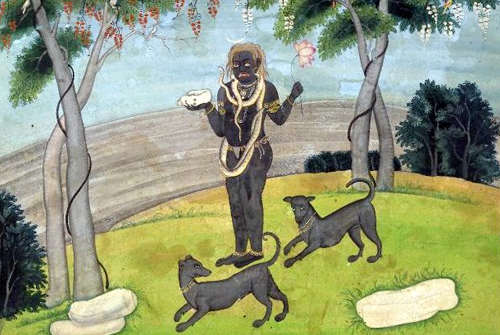
To celebrate India achieving 10 million doses of #COVID19 vaccine delivered yesterday, we are publishing this thread on the history of innoculation in India. Two 18th century accounts by early English residents in India give descriptions of inoculations done by itinerant Brahmins
(a) Found in a letter from R. Coult to Dr. Oliver Coult in An account of the disease of Bengal (dated Feb. 10, 1731), and (b) in 1768, an account of the manner of inoculating for the smallpox in the East Indies. Printed for T. Becket, and P.A.Q. de Hondt, near Surry Street in the
Strand. Their technique involved dipping a sharp iron needle into a smallpox pustule and then puncturing the skin repeatedly in a small circle, usually on the upper arm. All three commentators on Indian practice agree that inoculation was used in Bengal, the region that includes
modern West Bengal in India and Bangladesh. Howell, thought that it had been used there for many hundreds of years. Bengal has also had a long tradition of knowing and dealing with small pox, with even a goddess to resolve the disease, Sitala Mata. . J. Z. Holwell, the British
East India Company physician who is
best remembered for having survived imprisonment in the Black Hole of Calcutta, has been a particularly influential disseminator of the idea that smallpox was a part of the unchanging Indian landscape. In 1767 he addressed an Account of the
best remembered for having survived imprisonment in the Black Hole of Calcutta, has been a particularly influential disseminator of the idea that smallpox was a part of the unchanging Indian landscape. In 1767 he addressed an Account of the
Manner of Inoculating for the Small Pox in the East Indies to the College of Physicians in London. The portions of this paper that are based on Holwell's own observations are quite valuable, but it also includes the following paragraph: "... At the period in which the
Aughtorrah Bhade [Atharva Veda] scriptures of the
Gentoos were promulgated, (according to the Bramins three thousand three hundred
and fifty six years ago;) this disease must then have been of some standing, as those scriptures institute a form of divine worship, with Poojahs
Gentoos were promulgated, (according to the Bramins three thousand three hundred
and fifty six years ago;) this disease must then have been of some standing, as those scriptures institute a form of divine worship, with Poojahs
or offerings, to a female divinity, stiled by the common people Gootee ka Tagooran (the goddess of spots [smallpox]), whose aid and patronage are invoked
during the continuance of the small pox season, also in the measles, and every cutaneous eruption that is in the smallest
during the continuance of the small pox season, also in the measles, and every cutaneous eruption that is in the smallest
degree epidemical". Below: artist's impression of Shitala Mata, who is also the goddess of cleanliness, and carries a broom and dust pan. 

• • •
Missing some Tweet in this thread? You can try to
force a refresh










